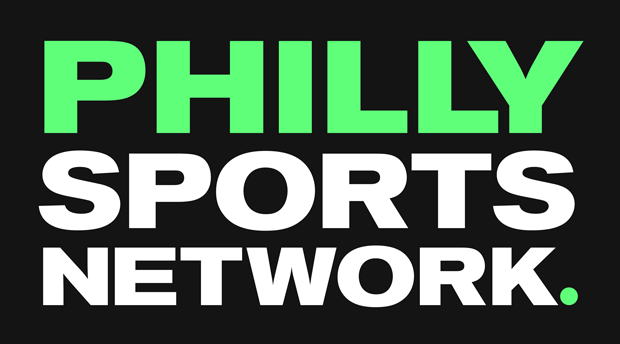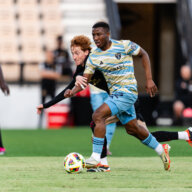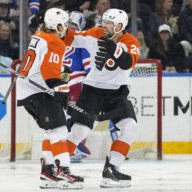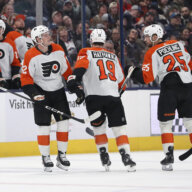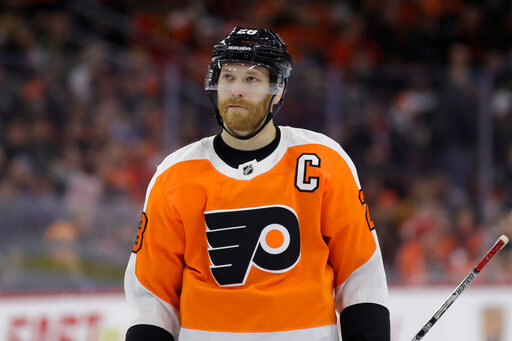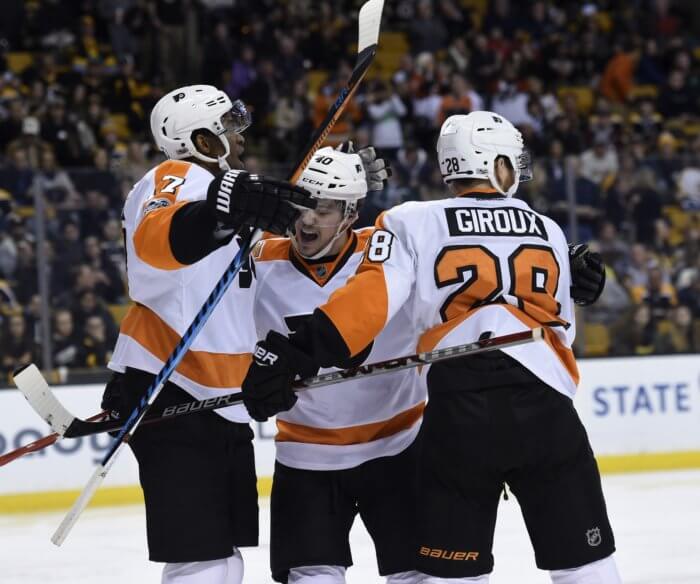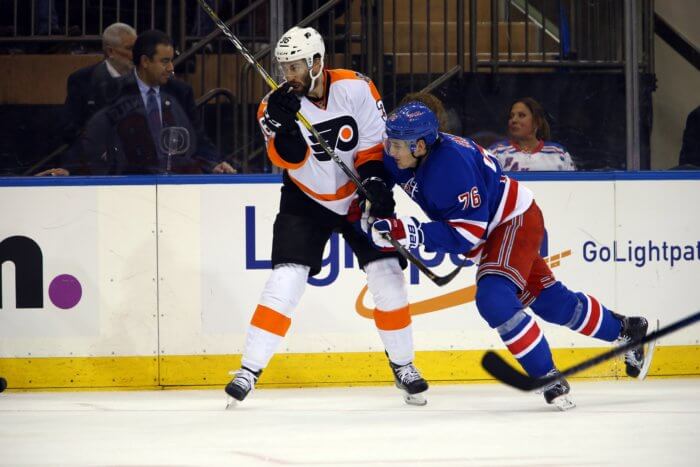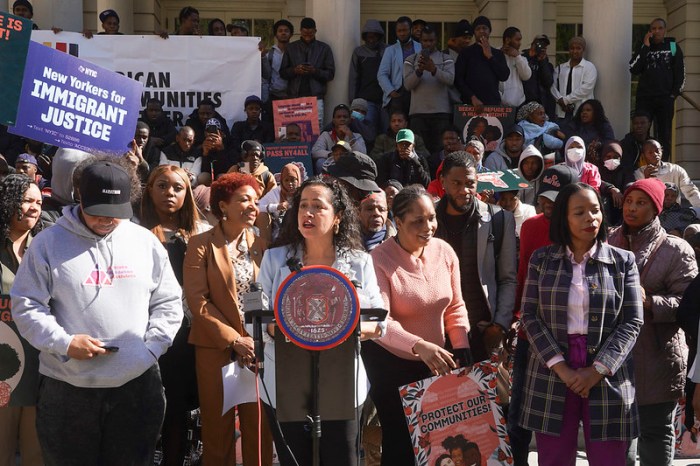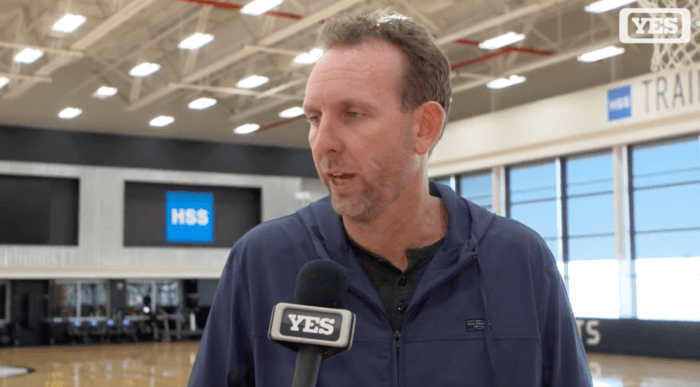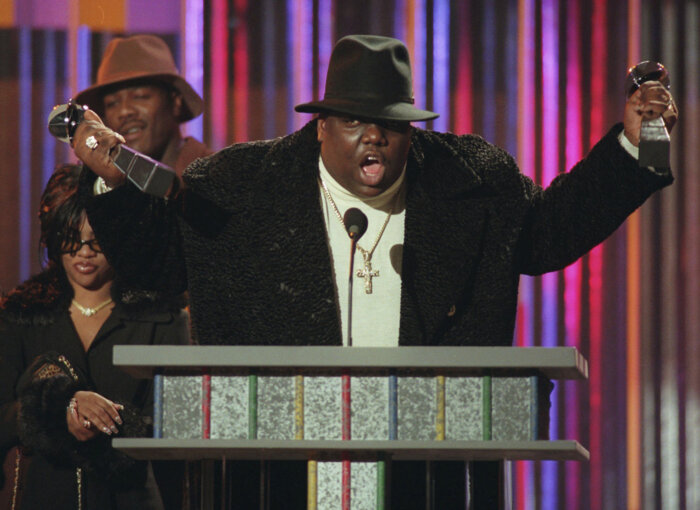It’s the age old debate, who has the best fanbase. Western Pennsylvania will always say the Penguins do. Eastern Pennsylvania will always say the Flyers do. I’m here to tell you why the west is full of it, and why they are.
Back in 1967, the NHL decided to add six more teams to the fold, and boom, the Philadelphia Flyers and the Pittsburgh Penguins were born. Obviously being from the same state, the two teams formed a bit of a rivalry over the years, with Philadelphia dominating in the early bit. It took the Flyers a little less than a decade to bring two Stanley Cups to Philadelphia, whereas it took Pittsburgh a little over 30 years to add one to their resume, but they added four more and have three more than the Flyers do.
About 50 years later and here we are, about to start a playoff series between two clubs that just flat out hate each other. These fanbases are nasty, brutal, and just downright mean when it comes to their teams. However, only one can be the meanest, the baddest, and therefore, the best fanbase, and that’s the Philly faithful.
Now I know how subjective this argument gets. There really isn’t a clear cut way to decide who has the best fan base, right?
WRONG.
What I did was looked at significant events in the respective franchises’ history, and correlated attendance records due to new stadiums, big acquisitions, and success during the regular season and playoffs. Now, you’re going to ask, “What in the world does that have to do with how great a fanbase is?” Well, it just goes to show that in the best and the worst of times, the fans support their franchise no matter what.
Very early on, the Flyers found a lot of success, winning two Stanley Cups within the first ten years of their existence. In the season before the first Stanly Cup victory, the Flyers averaged about 16,000 fans per game, which is a decent turnout for a new team. After winning the Stanley Cup in 74 and 75, they averaged 17,007 for the next 8 years. Season attendance stayed around the high 16,000’s and low 17,000’s, even from 1989-1994 when the Flyers went five straight years without a playoff berth.
In 1991, the Flyers drafted Peter Forsberg, and traded him to Quebec to acquire Eric Lindros. The year after, attendance grew by an average of 100 people. Not a huge difference at all. Their first season at the CoreStates Center, now the Wells Fargo Center, was the 1996-97 season, and since it could hold more people, attendance grew by 2,000.
In the late nineties and early 2000’s, the Flyers drafter Simon Gagne, Mike Richards, Jeff Carter, and Claude Giroux in the mid-2000’s. Average attendance was around 19,400 before they drafted Gagne and stayed there after they drafted Giroux. Even the year after the Flyers made the Stanley Cup Finals versus the Chicago Blackhawks, attendance only rose 200 per game the next season.
When analyzing attendance trends for the Penguins, numbers seem to fluctuate a bit more. Back in the 70’s, attendance was floating around 10,000 per game. They finally surpassed 11,000 in the 74-75 season, but declared bankruptcy at the end of the season. For about ten years after bankruptcy, attendance stayed the same, even dipping back down to 6,839 in the 1983-84 season, until the very next season, which coincidentally happens to be the rookie season of current Pittsburgh Penguins owner Mario Lemieux.
After Lemieux joined the club, attendance more than doubled from the season prior to his rookie year, and after having their first winning season in 9 years, soared all the way to 16,018 during the 1989-90 season. That very next year, the Penguins drafted the now ageless wonder, Jaromir Jagr, and won two consecutive Stanley Cups. Attendance rose to 16,741 in 1993-94. Things seemed to be going really well for the Penguins.
Fast forward to the 1997-98 season, and the Penguins are struggling to pay their star Mario Lemieux. The Pens defaulted on his contract, and filed for bankruptcy for the 2nd time in 20 years. The Penguins went on a run of mediocre seasons, not having the same level of success they had back in the early 90’s, but not doing terrible.
Come the 2001-02 season, the Penguins are floundering and not doing well. Three straight seasons, and they are playing golf in April. They Penguins end up with the first overall pick in the 2003 NHL Entry Draft and selected Marc Andre Fleury with that pick. Fast forward one more year, and with the second overall pick, the Penguins selected Evgeni Malkin.
Then, the 2005 NHL Entry Draft came around after a whole season of hockey missed due to the lockout. With no records to go off of, the NHL determined that they would randomly pull ping pong balls and determine the order of the draft. Miraculously, the Penguins were drawn and given the number one pick, therefore being handed a generational talent in Sidney Crosby. This was the turning point for a franchise that was on the brink of a third bankruptcy, and potential move to Kansas City.
After an average attendance of 11,877 before the lockout, it rose to 15,804 in 2005-06, 16,424 the next year, 17,076 after that, and finally reaching the 18,000’s when the Consol Energy Center, now the PPG Paints Arena, was newly opened.
When the Penguins won the Stanley cup in 2009, they saw attendance spike in the following years, mostly due to a bigger arena being opened, but after winning the Stanley Cup in 2016 and 2017, the Penguins saw their highest yearly average attendance during the 16-17 season with 19,763.
That’s a lot of numbers, and I’m going to break them down for you. When spikes in attendance occur due to the drafting or acquiring of a big name player, it’s usually a good indicator of fair-weather fans. People don’t want to come out to watch a bad hockey team, unless you actually like the team, then you go to games regardless of the level of success the team is having. You can clearly see that there are gaps where the Penguins were playing poorly, and less and less fans attended the games due to their lack of success.
The same can’t be said for the Flyers. There are no spikes in attendance when they are doing well or acquiring star players, nor are there any lulls when they team is performing poorly. The numbers stay fairly consistent with trends and events that may dictate a spike or lull in attendance.
Now, that right there is concrete evidence that through thick and thin, Flyers fans remain the faithful bunch as opposed to Penguins fans. Even though Penguins fans may have endured harder times than Flyers fans, they still fluctuate in attendance at a much higher rate than Flyers fans. However, if you weren’t convinced enough that the Flyers have a better fanbase, I’ll leave you with a few images of just how lovely Pittsburgh fans can be.
https://twitter.com/BurghRambler909/status/983108548652650497
The series hasn’t even started yet, and you’re sick of us? Let me hit you with some knowledge bud, and I believe we communicated this pretty clearly back in 2012. “We don’t like you either!”
Congratulations on you first round exit from the playoffs, Flyers fans
— ryan (@_rs412) April 8, 2018
Congrats on your third full year on the Penguins bandwagon!
Flyers fans are the fucking worst and I can’t wait to hear them bitch all series after we put a whoopin on em 🐧🐧🐧
— Sybo (@zsybo4) April 10, 2018
Hey pal, if the Penguins do win, you have every right to rub it in our faces. However, if you bask in the light of success, you must also revel in the failures as well. If you don’t, you’re not a real fan, and you should just shut your mouth about anything that has to do with hockey.
https://twitter.com/WlLLBUTCHER/status/982735975393656832
First off, you’re not WIll Butcher. Second, if you say that Giroux doesn’t deserve the Hart Trophy, in my mind, you’re admitting you don’t watch hockey. Therefore, your opinion is invalid, good day.
https://twitter.com/AnthonyMPed/status/983802440679084032
No Anthony, we’ve been watching all those years, and he’s still a crybaby. “I just don’t like them.” Is not something an adult would say when asked why he batted away Voracek’s glove, a childish act I may add.
No, these tweets aren’t the worst I’ve ever seen, but talking and tweeting about Flyers fans seems to be a common theme among Penguins fans. It’s like no matter how many cups they win, or success they have, they’re constantly thinking about the Flyers. Maybe they want to be a fan, or maybe they just long for the day that they can be a part of something this real. Being a Flyers fan is as real as it gets. You share in the losses, and you share in victories, and that comradery is what makes being a Flyers fan so great.
There’s an old saying that states that you find out the real character of a man when he loses. Well, when the Penguins lose, attendance drops. When they win, it rises. If people don’t show up when a team is losing, that team won’t draw any inspiration from the crowd, and from there, it’s a downward spiral. Penguins fans are doing a disservice to their team by not showing up during the tough times. You won’t catch Flyers fans pulling that stunt.
Plain and simple, we love our team, we love our players, and we love our city. No, there may never be an absolute concrete way to tell which fan base is the best, but this is the best we can do. We can look and see what trends occur during good times and bad, and know that regardless of the team’s success, we are right there, supporting them every step of the way.
So here we are, about to begin a potential 7 game series with the two time defending Stanley Cup champions. It won’t be easy, but it will be one thing: exciting. These teams always take each other to the limit, which makes for some of the most exciting hockey in the NHL. With the stage set, and the stakes clearly stated, the Flyers should be confident heading in, knowing that they have the best fans in the league behind them.
Mandatory Credit: Derik Hamilton-USA TODAY Sports
